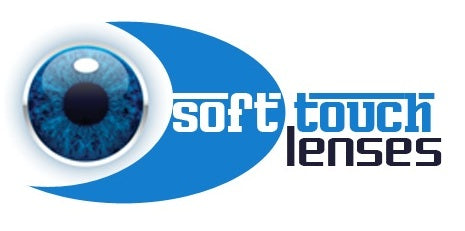Color Blindness Contact Lenses in India
Color Blindness Contact Lenses In India
Two Color Options for Color Blindness Lenses
Red Filter X-Chrome Silver Line Laboratories for Color Blind

Green Filter X-Chrome Silver Line Laboratories for Color Blind

How to Determine Color Blindness
Color blindness can happen when one or more of the color cone cells are absent, not working, or detect a different color than normal. Severe color blindness occurs when all three cone cells are absent. Mild color blindness happens when all three cone cells are present but one cone cell does not work right. It detects a different color than normal.
How Contact Lenses Are Useful for Color Blindness
Understanding color blindness and its impact on daily life
Color blindness is a condition that affects the ability to perceive colors accurately. There are different types of color blindness, including red-green color blindness, blue-yellow color blindness, and total color blindness. Color blindness can have a significant impact on daily life, including difficulty in distinguishing between colors, challenges in completing tasks that require color recognition, and even safety concerns, such as difficulty in identifying traffic lights and warning signs. Therefore, finding effective methods to manage color blindness is essential.
Traditional methods for managing color blindness have included the use of special glasses, color filters, and software applications. However, these methods have limitations and may not be practical for all individuals. Recent developments in contact lens technology have shown promise in managing color blindness. Dyed contact lenses have been developed that can filter out specific wavelengths of light to enhance color perception in individuals with red-green color blindness. Additionally, contact lenses embedded with gold nanoparticles have been found to help correct red-green color vision deficiency. These contact lenses offer a convenient and comfortable way to manage color blindness, without the need for special glasses or filters.
How Contact Lenses Can Help with Color Blindness
Color blindness is a visual impairment that affects an individual's ability to distinguish different colors. However, contact lenses can help individuals with color blindness by altering the wavelengths of colors that enter their eyes. Color blindness contact lenses work by using customized filters that are uniquely designed for each individual to change the wavelength of each color that goes into their eyes. These filters help individuals with color blindness to distinguish between colors that would otherwise appear the same.
There are several benefits to using contact lenses for color blindness. For instance, these lenses can help individuals with color blindness to perceive colors more accurately, making it easier for them to navigate their environment and complete everyday tasks. Additionally, color blindness contact lenses can improve vision during the day and night, which can be particularly helpful for individuals who work in low light conditions or who need to drive at night. Overall, color blindness contact lenses can significantly improve an individual's quality of life by allowing them to experience the full range of colors that most people take for granted.
Despite the benefits of color blindness contact lenses, there are some drawbacks and limitations to consider. For example, some color blindness contact lenses can reduce depth perception or have a negative impact on an individual's ability to pass certain color vision tests. Additionally, some types of color blindness contact lenses can be expensive or heavy, making them uncomfortable to wear for extended periods. Furthermore, some dyed contact lenses being developed to treat color blindness may be harmful and unstable. Nevertheless, advancements in technology and research are continually improving the effectiveness and safety of color blindness contact lenses, providing hope for individuals with color blindness.

